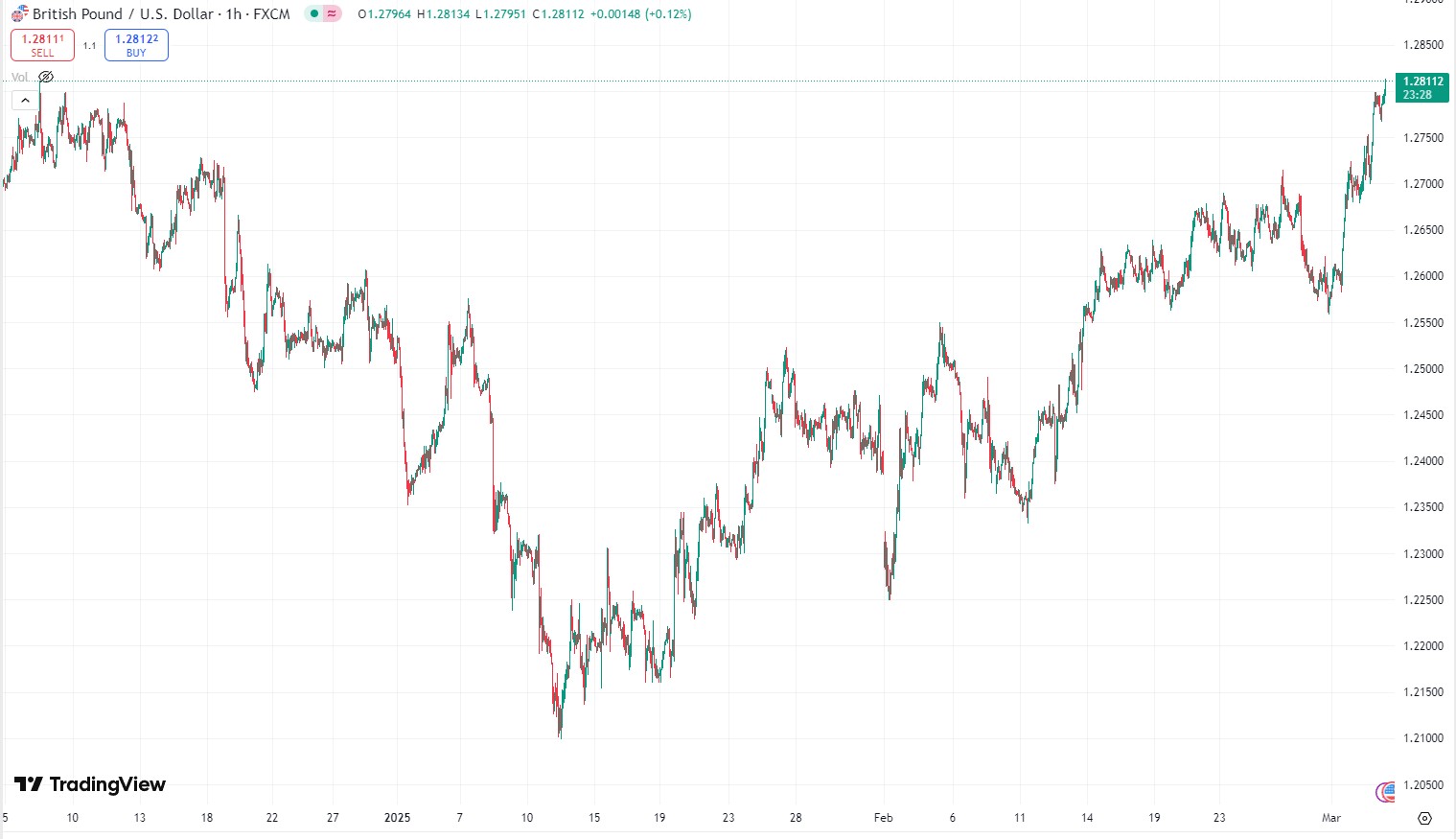ECB Cuts Interest Rates Amid Economic Uncertainty and US Tariff Threats
The European Central Bank (ECB) has lowered interest rates across the 20-member eurozone for the second time this year in an effort to stimulate economic activity. The move comes as Europe braces for potential economic fallout from Donald Trump's plan to impose damaging tariffs on EU exports to the US.
The Frankfurt-based central bank reduced its benchmark deposit rate by 0.25 percentage points to 2.5%, aligning with expectations from City economists. This decision coincides with Trump’s preparations to implement 25% tariffs on all EU imports, mirroring previous actions against Canada and Mexico.
“The disinflation process is well on track,” the ECB stated, adding that inflation trends remain in line with previous forecasts.
Despite six rate cuts in the past year, ECB officials are cautious about further reductions amid global economic volatility. Inflation eased slightly in February, dropping to 2.4% from 2.5% in January, while services inflation fell to 3.7%—the lowest since April 2024. However, rising energy prices linked to geopolitical tensions, including ongoing “peace talks” regarding Russia’s invasion of Ukraine, could disrupt expectations that inflation will reach the 2% target by early 2026.
The ECB also reduced its main refinancing rate, which banks pay when borrowing weekly from the central bank, by 0.25 percentage points to 2.65%. The marginal lending facility rate, charged for overnight borrowing, was cut from 3.15% to 2.90%.
In addition to economic concerns, the ECB faces pressure to manage eurozone government borrowing costs. German chancellor-in-waiting Friedrich Merz has vowed that Germany will “do whatever it takes” to bolster its defence capabilities, adding further uncertainty to the region’s financial landscape.
GBP/EUR trading 0.5% lower following the cut, with interbank at 1.1911, EUR/USD 1.0820.










